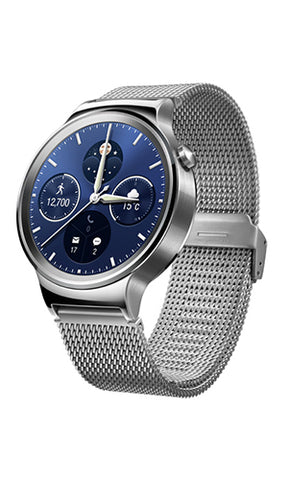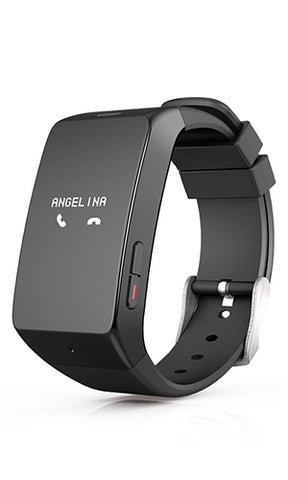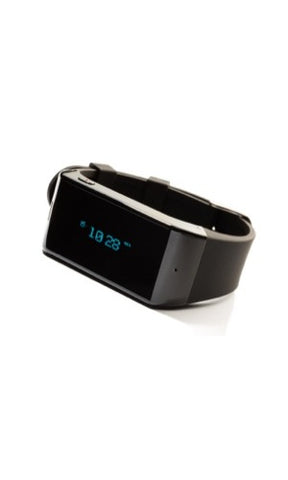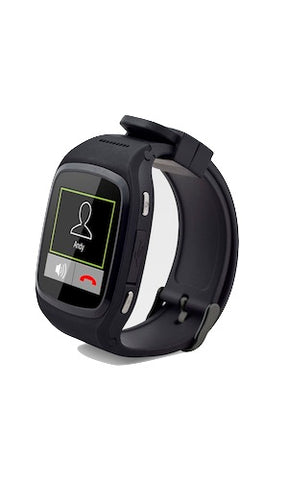Wearable tech R&D hub launched by Obama Administration in Silicon Valley
Written By
Caitlin M. Ryan
When he started wearing that Fitbit Surge earlier this year, President Obama had grander plans for the integration of wearable tech into our society than we ever could have imagined. On August 28, the Obama Administration announced that the Department of Defense would invest $75 million in a “flexible hybrid electronics” innovation center in Silicon Valley. It will be called the Manufacturing Innovation Institute for Flexible Hybrid Electronics.
This isn’t the first research and development center funded by the government. The White House has already brought to life eight other R&D operations, whose focuses range from 3D printing to WBG semiconductor technology and other advanced manufacturing innovations.
The teams in Silicon Valley will be led by FlexTech Alliance, a public-private manufacturing consortium based in San Jose, to “secure U.S. ‘leadership in next-generation bendable and wearable electronic devices.” The goal is to go far beyond step tracking and to “unleash wearable devices to improve medical health monitoring and personal fitness; soft robotics to care for the elderly or assist wounded soldiers; and light weight sensors embedded into the very trellises and fibers of roads, bridges, and, and other structures across the globe.”
Overall, the Manufacturing Innovation Institute for Flexible Hybrid Electronics received a total investment of $171 million to lead a consortium of 162 companies, nonprofits, labs and universities, including big names like Apple, Motorola, Kodak, John Deere, and Boeing.
At the time of the announcement, the White House published a list of possible wearable tech applications including but not limited to:
- Revolutionizing electronic wearable information devices to monitor vital signs and physical states to optimize health and lifestyles decisions.
- Dramatically improving medical technology delivery — through biomarkers and device implants — which can monitor vital signs for the elderly, those with chronic conditions, and our soldiers during combat.
- Enabling embedded sensors to monitor the state of commercial automobiles and aircrafts operating in harsh environments such as undersea pressures or extreme temperatures.
- Improving security operations, with applications in light weight robotics, as well as, next generation imaging and sensing capabilities, used across the entire spectrum of land, air, sea, and space-based systems.
- Dramatically reducing the electronic systems package size and weight through electronics that conform to complex shapes such as aircraft wings or unattended vehicle platforms, and integrating electronics in clothing and fabrics.
In addition to the above information, the White House released a thorough fact sheet regarding the hub, followed by a strong call to action. “The Administration is also calling on Congress to make a clear choice: We can make critical bipartisan investments to strengthen manufacturing across the United States, laying a strong foundation for good jobs and economic growth — or we can pull back, letting other countries and their workers take the lead.”
Head over to whitehouse.gov to see all parties involved.
Tags: featured-items, homepage-featured, internet-of-things, medical




